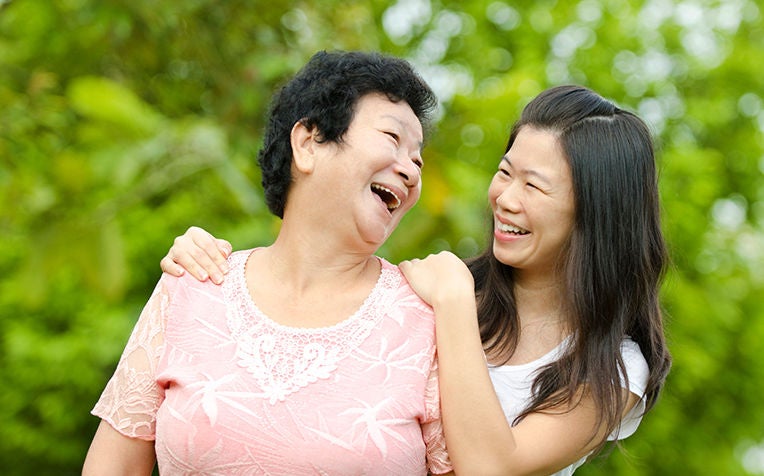HealthXchange will NEVER ask you to transfer money over a call. If in doubt, call the 24/7 ScamShield helpline at 1799, or visit the ScamShield website at www.scamshield.gov.sg.

The chances of developing breast cancer increases with age.
A mammogram is a primary screening tool for breast cancer, the most common cancer among women in Singapore. By detecting early breast cancer, a screening mammogram can help decrease breast cancer deaths, which average about 400 per year in Singapore. Early breast cancer has a cure rate of almost 100 per cent.
Another type of mammogram is a diagnostic mammogram, carried out to evaluate women with breast symptoms, such as breast pain, a lump or nipple discharge. A diagnostic mammogram is also used to clarify an uncertain finding on a screening mammogram.
“In Singapore, every year, as many as 1,856 women, or about five women every day, are diagnosed with breast cancer,” says Dr Lim Swee Ho, Senior Consultant, KK Breast Centre, KK Women’s and Children’s Hospital (KKH), a member of the SingHealth group. “However, only about four in 10 Singaporean women aged between 50 and 69 go for regular mammograms.”
Early Detection Saves Lives
The results of a Canadian study published in the British Medical Journal in February 2014, which casts doubt on the value of regular mammogram screening, may not apply to Singaporean women, according to Dr Lim.
“We should be careful about applying the conclusions drawn by the Canadian researchers, to our population in Singapore due to differences in breast cancer awareness among our patients, as well as access to and utilisation of health services for early detection of breast cancers,” says Dr Lim. “Early detection and treatment of cancer would confer more survival and outcome benefit.”
How does a mammogram work?
The mammography machine uses low-dose x-rays to take images of the breasts. The machine has plastic plates which compress the breasts for a few seconds to take two black and white images – one vertical and one horizontal – of each breast.
The dose of radiation during a mammogram is very small and does not pose any risks to a woman who is not pregnant. Pregnant women are advised to avoid having a mammogram since the x-rays can harm their unborn baby.
The entire mammography procedure lasts about 30 minutes.
Read on to learn more about mammogram procedures and preparation tips.
Ref: R14
Contributed by
Related Articles
Conditions & Treatments
Public Events
Get the Health Buddy App
© 2025 SingHealth Group. All Rights Reserved.


















 Get it on Google Play
Get it on Google Play